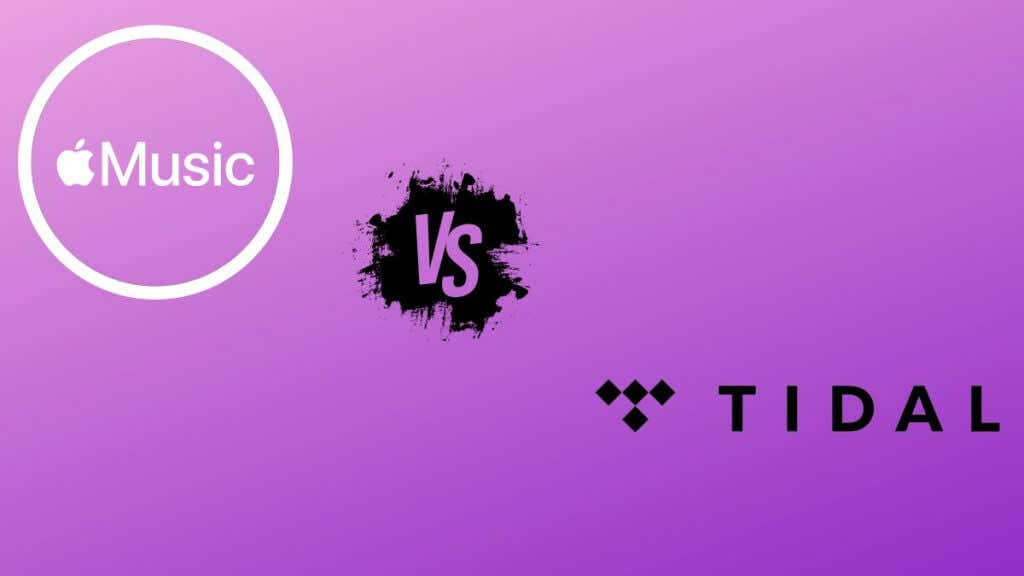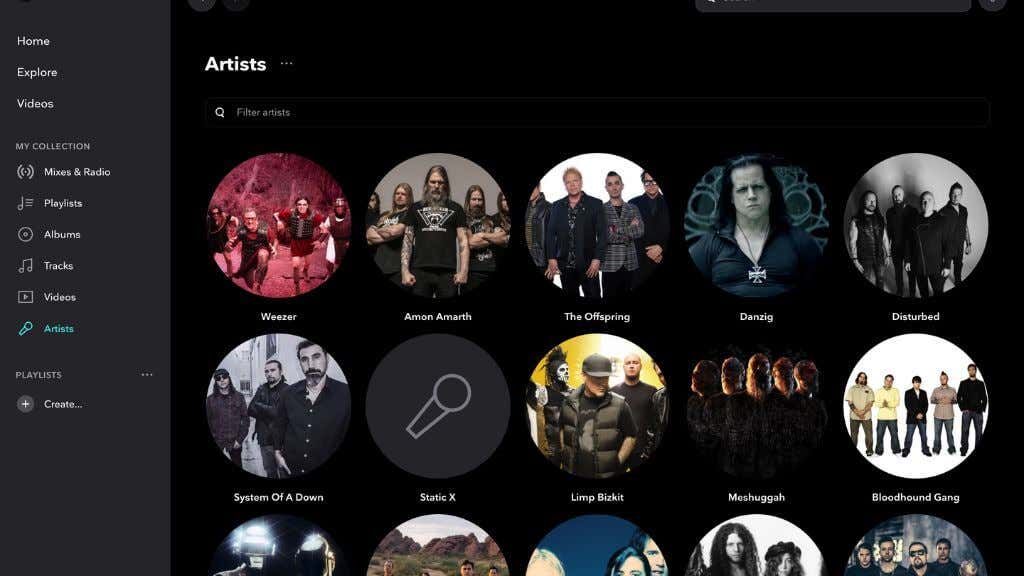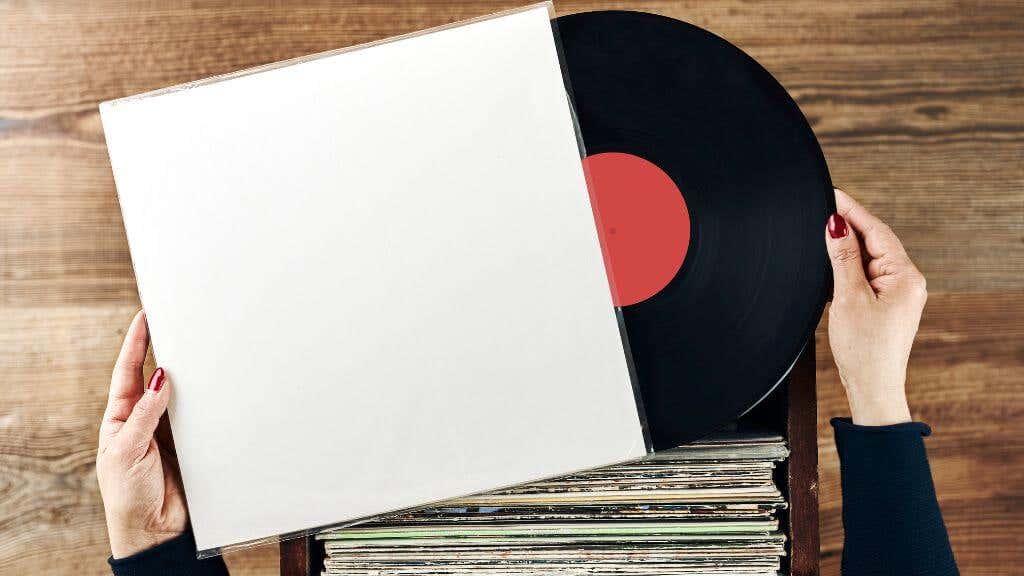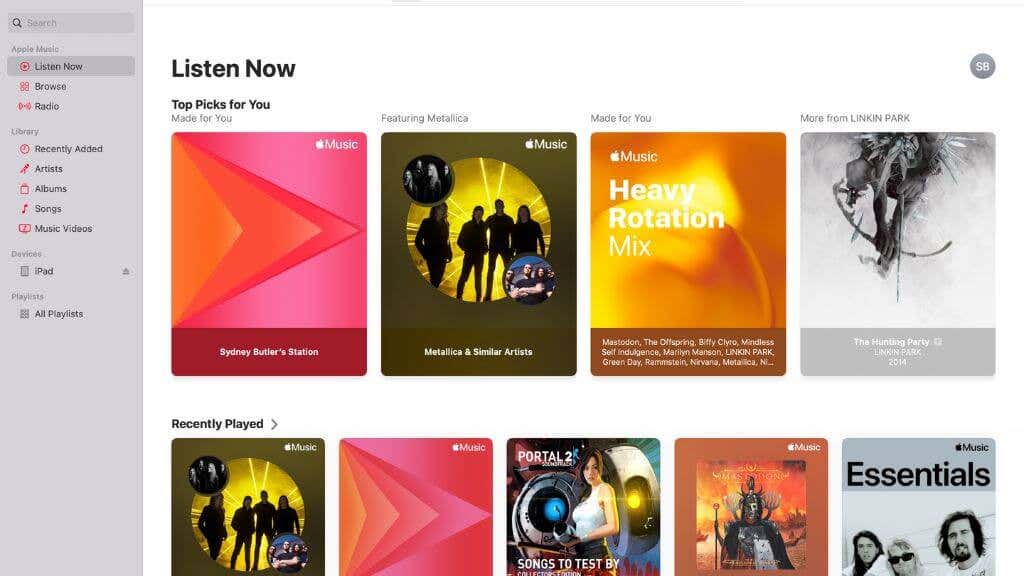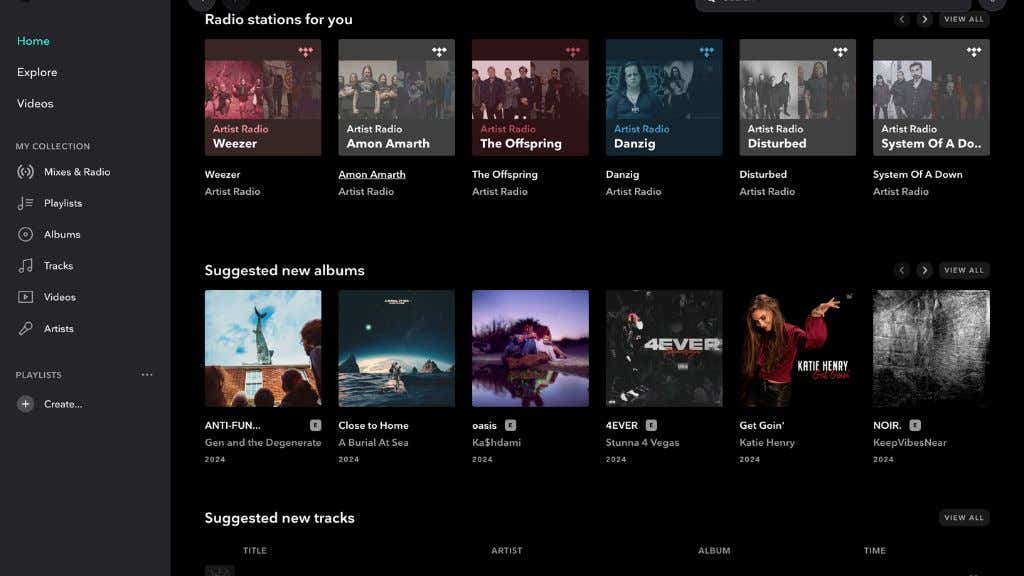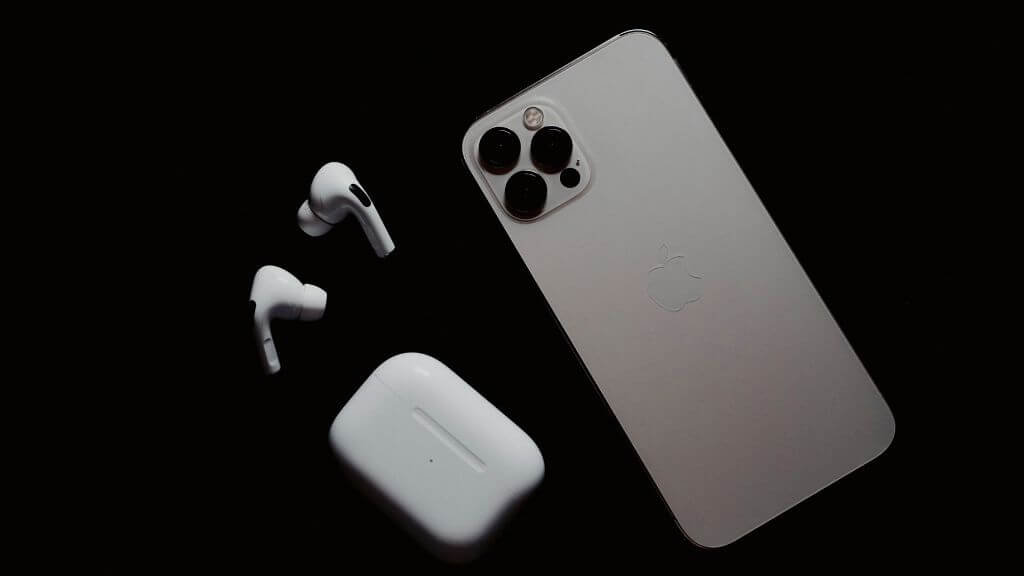There are numerous music streaming services to choose from, but only two compete in the premium segment—Apple Music and Tidal. We tested both services to see which one is better for you.
Pricing
Apple Music and Tidal have similar pricing, but there are noteworthy differences. The most important one is that Tidal, like Spotify but unlike Apple, has a free tier.
The Tidal free tier is ad-supported, and the sound quality is limited to 160kbps, which is far from CD quality, but most listeners would find it acceptable. It’s fine for casual listening.
As for the paid tiers, Apple Music has the following:
- Individual Plan for $10.99 a month.
- Student Plan for $5.99 a month.
- Family Plan for $16.99 a month.
In addition to the aforementioned free tier, Tidal has:
- Individual HiFi for $9.99 a month.
- Individual HiFi Plus for $19.99 a month.
- Student HiFi for $4.99 a month.
- Student HiFi Plus for $9.99 a month.
- Family HiFi for $14.99 a month.
- Family HiFi Plus for $29.99 a month.
- Military and First Responder HiFi for $5.99 a month.
If you remove the audiophile-grade tiers from Tidal’s list, then the like-for-like pricing is so close that it doesn’t matter which way you choose.
If you’re a first-time subscriber, then you can get a free trial on both services. As long as you remember to cancel in time, there’s no real risk in just trying out both. If you buy certain Apple devices, you may even get several months of Apple Music thrown in.
Library Sizes
While it’s impossible to verify independently, both Tidal and Apple Music claim to have around 100 million songs available in each respective library. One of Tidal’s key selling points is that it has exclusive deals with certain artists and labels. Famously the discography of Beyonce (Tidal founder Jay-Z’s wife) and some music and video material by artists like Rihanna.
For most of the artists in any genre that we looked up, their music was on both services. Whether the exclusive artists on either platform carry any weight will depend on who you want to listen to. There’s certainly more music on either Apple Music or Tidal than any human could listen to in a lifetime, even if you slept with your headphones on. However, it’s still possible that your favorite artist will be absent from one or the other, and that’s your call.
Audio Quality: Tidal Wins, But Only Audiophiles Care
The main selling point of Tidal has always been access to true lossless, high-fidelity audio. That is if you choose the more expensive Hi-Fi Plus tier. It should be noted, however, that only a few million of that massive number of songs are available in the highest lossless format.
The kicker is that as of 2021 Apple also offers lossless high-fidelity audio, along with spatial audio and Dolby Atmos.
So, does the difference in sound quality have a real-world impact? For us, the short answer is “not really.” We used a set of AirPods Max and a set of Samsung Galaxy Buds2 Pro on the same songs on either service, with quality settings at their highest, and could not tell any meaningful difference between them.
Of course, this is mainly because both services are pushing their audio to you over Bluetooth using a lossy compression format. So for all Tidal’s efforts to offer the best quality digital music, using any Bluetooth headphones will be the great equalizer because of the transmission method.
Now, if you have a quality amp, the right wired speakers or headphones, and the right DAC (Digital to Analog Converter), you still might not hear the difference even if it’s there.
If you’re already an audiophile who has invested in all the right gear and you can hear the difference it makes when playing CDs or vinyl records, then Tidal is the only real option for you if you decide to lower yourself to digital streaming audio. If you aren’t an audiophile and listen to your streaming music on regular gear like most people you might as well save your money and there’s nothing really to separate the services in terms of audio quality.
The Apps
We tried the Mac and mobile apps for both services and by and large, there’s little real difference here. To be honest, Tidal’s app strongly resembles Spotify’s app. Not that this is a bad thing, and there are only so many ways you can design a music player app.
Tidal’s mobile feels more minimalist than Apple’s but both apps make it easy to find new music, get recommendations based on your taste, and organize your playlists.
One readily apparent difference is that the Tidal app asks you to set your audio quality preference right in the open on the main page, whereas you need to dig one or two levels into the Apple Music app’s menus to activate lossless mode. Other than that, it’s truly a wash between the two.
Regional Availability
Apple Music is available in over 165 countries, which covers the vast majority of the world. Tidal is only available in a little over 60 countries. If you already live in a country that’s supported by Tidal that’s not a big deal of course, and if you don’t then it’s not an option anyway. However, if you travel quite a bit between countries, this might be an important factor to consider.
Supported Devices
Surprisingly Apple Music has an Android app, which is one of the only Android apps Apple has ever developed. Tidal is available on both Android and iOS as well, and both platforms support Mac and Windows.
Of course, if you have a device with a web browser, then you can listen to streaming music on both services by using their respective web players. So that should broaden things radically.
Offline Playback
Both Tidal and Apple Music support offline playback with their mobile apps for paid plans. This is particularly useful when you want to listen to lossless music on the go since streaming that audio would eat through even the most generous data plan quickly.
Artist Payments
You may have read in the news that artists don’t actually get much money from streaming, and certainly, only the top most popular artists make any amount worth writing home about. At the time of writing, Apple pays artists around 1c per stream. In contrast, Tidal pays around 1.3c per stream. Both can pay more, but these are more typical averages it would seem.
That might not sound like much, but for a million streams, that’s an extra $3000 in revenue! Now, for most people, this might not be the most important point, but if you care about artists getting more money from streaming services, then subscribing to Tidal instead of Apple Music might be one way to do that. Then again, if there’s an artist you love, you can buy their music digitally or (hang on to your hats) buy their physical albums.
Even better, buy tickets to see a concert the next time they’re in town. Live performances have always been the real money-makers for musicians anyway.
The Verdict: It’s a Tie
While Tidal is significantly less popular than Apple Music, it has nothing to do with the quality of the offering here, with Tidal pretty much matching Apple every step of the way. While Tidal likes to market itself in terms of audio quality and editorial curation, the truth is that these two services don’t differentiate themselves in those areas.
This isn’t a bad thing, since two services being equally good is hardly a disaster, but it doesn’t help us when it comes to picking one or the other. So let’s look at the factors we think you should focus on the most:
- If you’re an Apple device user and are mainly in that ecosystem, we suggest you go with Apple Music because of its integration with services like Siri, and also because you can get it as part of Apple One.
- If you care about the specific exclusives Tidal has, then we recommend Tidal. However, you may also consider simply buying those artist’s albums for a once-off fee either digitally or physically and transferring it to the device of your choice.
- If you’re concerned about how much artists get paid, go with Tidal.
- If you’ve invested thousands of dollars in audiophile-grade equipment and love nothing more than hearing every tiny detail in your music, then go with Tidal.
Perhaps in the future of these ever-changing services, they’ll diverge in a way that makes it easier to steer listeners towards one or the other, but for the moment it’s more a case of personal taste than anything objective that will make you choose one over the other. So sign up for your free trials, and see which of these music services gives you goosebumps.

